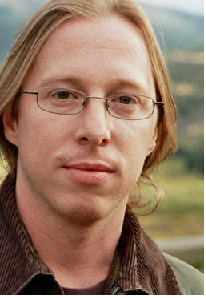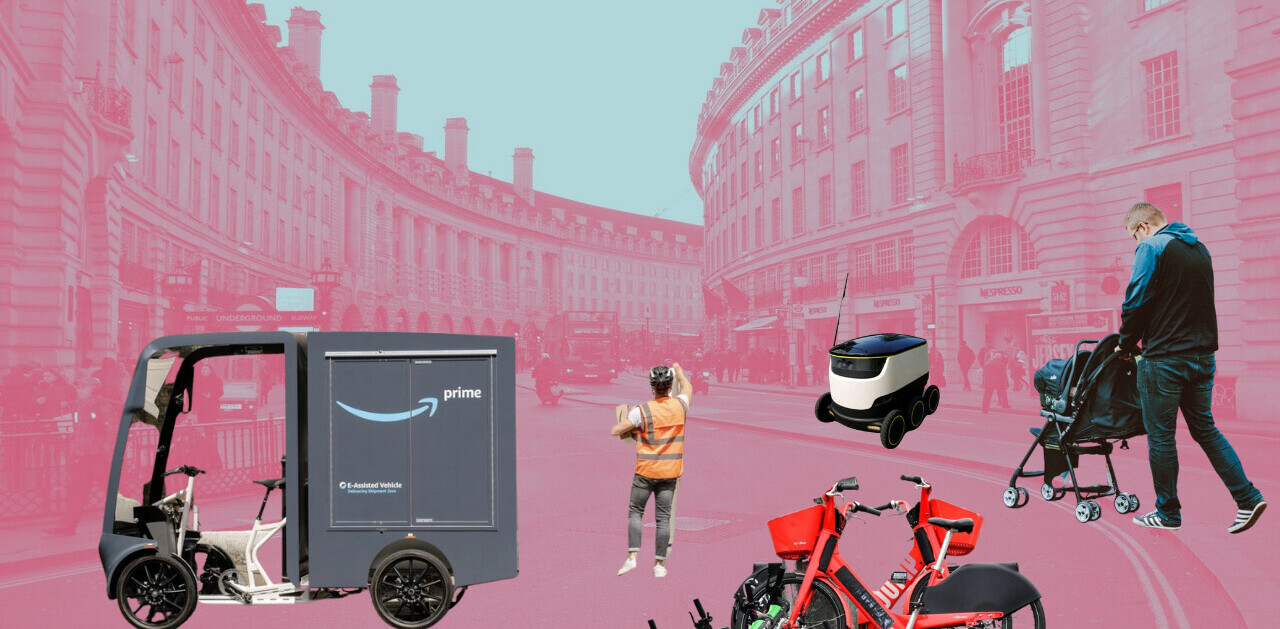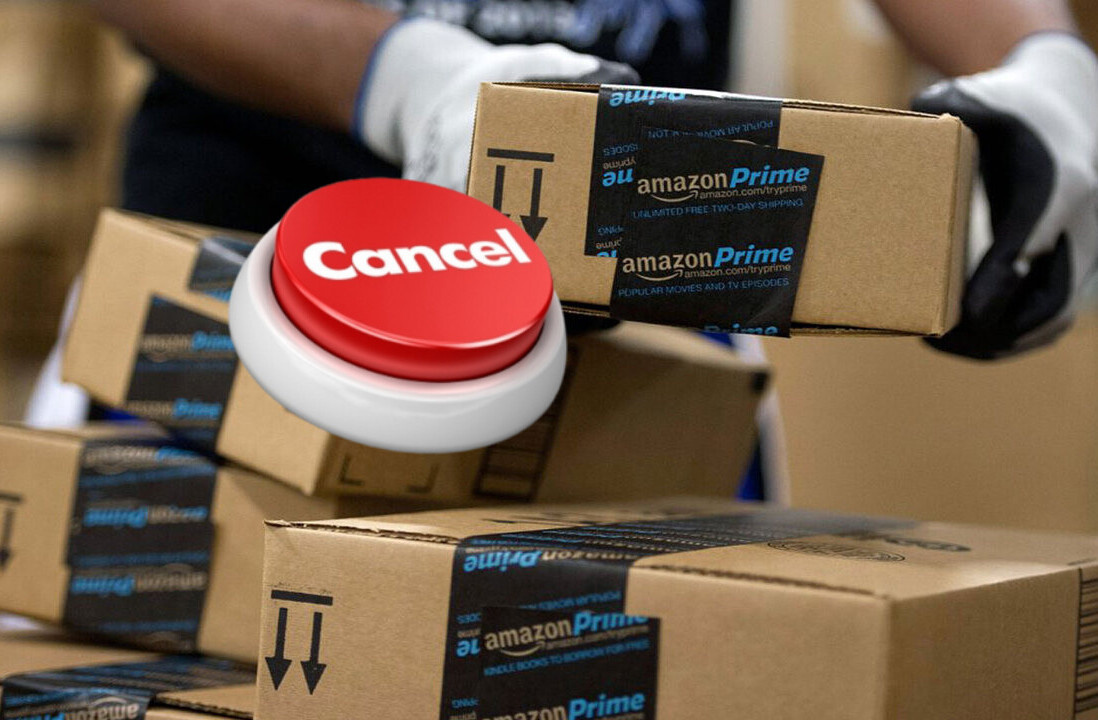
At first it was just an experiment. Blake Crouch, a mystery and suspense novelist, was not lacking for a traditional book publisher. His last few novels were put out by St. Martin’s Press and he has a literary agent dedicated to selling the rights to his work. But early last year, intrigued by success stories with Amazon’s Kindle store, he decided to release a collection of his short stories as an ebook without the aid of a publisher.
Though sales started off slow — maybe a few hundred a month — within the last two months he’s been averaging 5,000 purchases a month. With his 70% cut from Amazon, that means a $2.99 ebook has generated upwards of $10,000 a month, money that bypasses a traditional publisher completely and goes straight to his pocket. Five thousand sales a month, he told me in a phone interview, “is far more than I’ve sold traditionally.”
 Crouch is among a growing list of authors who are forgoing the traditional publisher route to sell their work directly to consumers. Though self-publishing is nothing new — it has long been referred to as “vanity publishing,” typically a disparaging term — the rise of the ebook market has allowed authors to eliminate the high infrastructure costs of a print product. A typical print run of a few thousand books can cost a vanity publisher a hefty five figures, whereas the actual publishing of an ebook (not including the production costs) amounts to virtually nothing.
Crouch is among a growing list of authors who are forgoing the traditional publisher route to sell their work directly to consumers. Though self-publishing is nothing new — it has long been referred to as “vanity publishing,” typically a disparaging term — the rise of the ebook market has allowed authors to eliminate the high infrastructure costs of a print product. A typical print run of a few thousand books can cost a vanity publisher a hefty five figures, whereas the actual publishing of an ebook (not including the production costs) amounts to virtually nothing.
The ebook also allows authors to skip over other hurdles, including the very cold reality that most offline retailers won’t stock a self-published book on their shelves. Though online retailers like the Kindle and Nook stores can still give preferential treatment for major publishers, they’re able to provide a wide swath of inventory from the long tail.
Sales
Recent figures released by Amazon indicate that its ebooks are now outselling their print counterparts. Most the top sellers in the Kindle store also have print editions, but there are dozens of “indie” authors who are selling thousands of ebooks a month without a print version. Most the authors I spoke to for this article noticed a drastic increase in sales in the last few months, but none of them knew exactly why. “Something happened after the new year,” Crouch said. “I don’t know if it’s because more people purchased ereaders or what. But in January sales almost doubled what they were in December, and it was just a huge upswing.”
A paranormal and erotic romance author named Tina Folsom had tried for years to land a literary agent and traditional publisher to no avail. Almost on a whim she decided early last year to begin uploading some of her novels to various ebook platforms. Sales, at first, were slow — perhaps only a few hundred a month. But then suddenly in October she sold over a thousand titles. In December it jumped up to 11,000, and in January she sold 27,000 ebooks (February, a shorter month, clocked in around 22,000).
But why did sales increase so drastically?
“I’m not 100% sure,” Folsom told me in a phone interview. “There were certainly different levels [of sales] at the beginning. I started making better covers for my books, so that made a big difference. My blurbs describing my books had a really good hook, and that certainly helped. I went around a lot of blogs as well, approaching paranormal romance blogs or vampire blogs to try to get my books reviewed, because obviously there are very few sites that will actually review self published books.
“So it took awhile to get some people interested. It started rolling a little more in October or so when I started seeing a little more of an increase. By December I already had people emailing me asking when I had the next book coming out in the series. It sounded like people were already waiting for the third book and when the third book came out, the next day my sales doubled, which was surprising. I hadn’t thought it would go that fast.”
The work involved
Just because the cost of distribution has been eliminated doesn’t mean that there isn’t real work involved in creating a finished ebook product. Most print publishers spend months producing a book, a process that includes revision, copy editing, formatting, jacket copy, and cover design. Eliminating the publisher from the equation means the author has to take on all these burdens.
“With ebooks you’re there from the ground level, and it is very taxing,” Crouch explained. “You have to have it formatted. I work with a wonderful cover artist who does all the cover art for my ebooks, and he’s worked on developing a brand with me over the last year. It was a no brainer for him to do this. And then there’s a lot of metadata in terms of loading all these to the various platforms; it’s not just Kindle, it’s Barnes & Noble, Smashwords, Sony, and the Apple iBooks store. There are the library lending programs, which I’m just starting to explore. It is a lot of work and there is definitely a place for someone to come along in the ebook revolution and step in and assist writers.”
Some of these indie authors are successful enough to “farm out” a lot of the production work to other people. Folsom pays a person to illustrate her covers, and not only has she hired a copy editor to line edit her upcoming books, but the editor is also going back and editing her already-published titles for errors. Up until recently she had split her time between writing, editing, and her day job, but she quit the day job and the production assistance she farms out allows her to spend most of her time writing.
Pricing
One point of contention for many indie authors is pricing. Amazon allows authors to choose their own prices, giving them a 70% royalty on all ebooks sold over $2.99 and taking a much steeper cut for books sold for less than that. This has created two factions: those who price their books above $2.99 and those who set the marker extremely low at, say, 99 cents. Both Crouch and Folsom think the 99 cent authors are not only devaluing their own work, but other ebooks as well.
“I hate that,” Crouch said. “I think you can sell a lot of books at 99 cents, but I don’t necessarily think you’ll make new fans. I think a lot of people buy this new technology and just cruise the top 100 [sellers], and at 99 cents that’s total impulse; you might just pick up 30 titles. Whether or not they actually read those is a real question. I price most my longer work, like novels or short story collections, at $2.99 or higher. I will price my individual short stories at 99 cents because that’s a fair price and it’s a gateway to the rest of my work. I can’t justify selling my novels for 99 cents.”
 Folsom takes a similar approach, pricing her short stories at 99 cents and her novels much higher. In fact she goes above the $2.99 threshold, charging between $4.99 and $5.99. But whatever the price, there’s little doubt that the author’s cut will be much higher than what he or she would receive with a traditional publisher; in most cases a writer will only see 10-20% of the cover price. At 70%, Folsom will take home upwards of $4.20 for ever copy sold.
Folsom takes a similar approach, pricing her short stories at 99 cents and her novels much higher. In fact she goes above the $2.99 threshold, charging between $4.99 and $5.99. But whatever the price, there’s little doubt that the author’s cut will be much higher than what he or she would receive with a traditional publisher; in most cases a writer will only see 10-20% of the cover price. At 70%, Folsom will take home upwards of $4.20 for ever copy sold.
What about the publishing houses?
So where does this leave the traditional publishers? Will companies like HarperCollins and Simon & Schuster be able to lure these indie authors under their wings? Crouch seemed ambivalent on this question, saying his agent is still shopping around his proposals to the New York houses.
“The royalty rate right now for ebooks that publishers are offering is 25% and that’s horrendously in favor of the publisher, because ebooks are pretty much becoming the preferred format of reading,” he said. “That’s a huge downgrade in royalty rate. I really can’t see a scenario where I’d be involved with a traditional publisher unless the terms were pretty stellar, honestly. They’d have to be really fair.”
I asked whether a publisher would allow the author to keep the e-rights so that it could produce a print product, but Crouch was highly doubtful. “I’d love to do that, but up until this point no publisher has even considered giving any author the e-rights. There are authors walking away from book deals right now under that very deal point. They want to keep the e-rights and the publisher doesn’t want to give them. And of course they don’t want to give them; e-rights are the most valuable subset of a book property right now.”
Folsom was more blunt in responding to how she’d deal with the very same publishers who had rejected her work in the past. “They would have to pay me a very high amount,” she said. “We’re not even talking a low six figure income. If they wanted my three-book vampire series, a quarter of a million dollars wouldn’t even do it, because I can make more than that in a year on those three books. ”
This is not to say steering clear of the big publishers doesn’t cause complications. So far, Folsom has not been able to sell the foreign rights to her work, meaning right now she can only market her books to an English-speaking audience. “We cannot get anyone to buy our foreign rights. I’ve emailed agents, tons of them. The response I get is, ‘Well, if you’re not also interested in selling your US e-rights, then I can’t represent you.’ I’ve even contacted foreign rights agents directly who don’t deal with domestic issues and even those are rejecting us. They say if they can’t go to a publisher abroad and say that you’ve been published with Random House, or Penguin, or wherever, then they’re not going to be interested.”
Without the collective bargaining power of a major publisher, an indie author may also have less clout with those companies distributing their books. Folsom told me that Barnes & Noble’s Nook store unexpectedly ceased offering free sample chapters for self-published erotica novels last week. This means that a potential reader could no longer read a few pages of the author’s work before deciding whether to purchase it. The effect on sales, Folsom said, was devastating; she saw a 35% drop overnight. So far, Barnes & Noble has not explained why this option has been removed for indie authors, but erotica published by traditional publishers has remained untouched.
Most the indie authors I’ve come across sell the overwhelming majority of their ebooks on the Amazon Kindle, but for some reason romance writers have found success on the Nook. Folsom sees the majority of her sales coming from there. According to a recent CNET article, the Nook has captured 25% of the US ebook market, a fairly sizable chunk in a niche with a growing list of competitors. Despite predictions that the iPad would wipe out Kindle sales, the authors I interviewed said they weren’t seeing significant revenue from the Apple device.
***
Whenever an article appears touting the success of a few self-published authors, there’s a certain amount of pushback from critics who seek to ground us in reality, pointing out that the overwhelming majority of writers who self-publish don’t see significant sales. Perhaps this is where the big publishers can still fit in by separating the wheat from the chaff. And a lower barrier of entry for the ebook market means a lot more chaff than ever before.
“Amazon’s Kindle store is overloaded right now with a bunch of folks who think they can publish their high school diary and make a lot of money,” said Crouch. “And that stuff flops down. My concern is it’s going to be harder to find the good stuff, and I think there’s going to have to be some kind of push, whether it’s a writers collective or whether this is spearheaded by agents or distributors who can group known quantities together and brand them with some logo that denotes quality. Just to give the reader help in sorting through all of the millions of books that are infiltrating the Kindle system.”
But those who have found the sweet spot in sales are not looking back. In a widely circulated blog post, author Joe Konrath meticulously detailed his history with traditional publishing, listing the painstaking efforts he made to sell as many print copies of his books as possible. He traveled thousands of miles, gave up sleep, hounded booksellers, and threw himself at every person who would potentially buy his book. The account is exhausting just to read. All that changed, however, with the rise of the ebook. What used to take eight weeks to sell 5,000 books took him only a few days on the Kindle store. With this success, he has vowed to put all the promotional sweat work behind him. He’ll no longer attend conventions, book signings, or even grant interviews to journalists.
Sure enough, when I contacted Konrath for this article, his response was polite but firm; “I’ve stopped doing interviews,” he wrote. Most book authors would jump at the chance for free publicity, but true to his word, Konrath would not bite. With the huge market the Kindle store had created, he no longer needed people like me. He now has one job and one job only: to write fiction.
Get the TNW newsletter
Get the most important tech news in your inbox each week.





